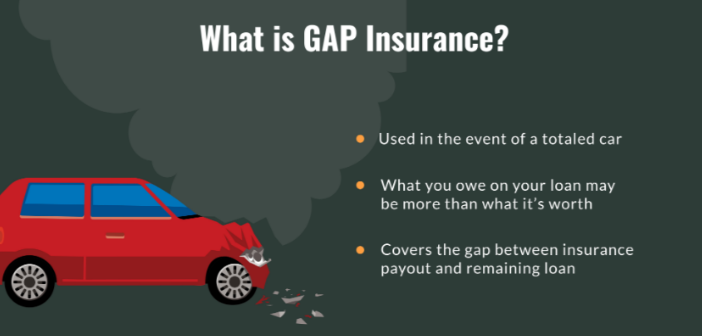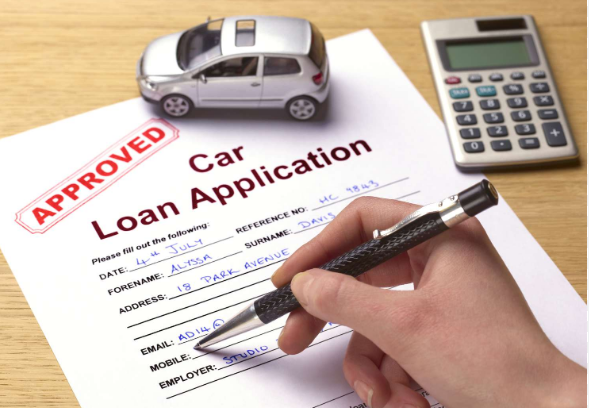Defaulting on a mortgage is one of the most serious financial situations a homeowner can face. It can lead to the loss of your home, damage to your credit score, and long-lasting financial consequences. But what exactly does it mean to default on a mortgage, and what happens if it occurs? In this article, we’ll break down the process of mortgage default, its potential consequences, and the options available to homeowners to avoid or manage a default.
What Does It Mean to Default on a Mortgage?
Mortgage default occurs when a homeowner fails to make their mortgage payments as agreed upon in the loan contract. A mortgage is a legally binding agreement between the homeowner and the lender, and it typically requires the homeowner to make regular monthly payments to repay the loan over a set period. If you fail to make these payments for a specified period, your lender may consider you in default.
Default usually occurs in two stages:
- First Stage – Missed Payments: When you miss one or two payments, you are technically in arrears but not yet in default. Lenders often give homeowners a grace period (typically 15 days) before charging late fees. After a few missed payments, the lender will typically contact you to remind you of the overdue payments.
- Second Stage – Loan Default: If you continue missing payments for an extended period, generally between 90 and 180 days, the lender will officially declare your loan in default. At this point, they may begin the process of foreclosure, which could result in the loss of your home.
What Happens When You Default on a Mortgage?
When you default on your mortgage, a series of steps follows. These steps can vary based on the lender, the type of loan, and state laws, but the general process is usually similar across the United States. Here is an overview of what typically happens after mortgage default.
1. Notification and Default Warning
Once you miss several payments, your lender will likely send you a series of notices informing you that you are behind on your mortgage. Initially, the lender may reach out by phone, email, or mail to remind you of the missed payments and ask you to bring your account up to date.
If you fail to respond or resolve the issue, the lender will send a Notice of Default (NOD), which is a formal declaration that you are in default. The Notice of Default will typically give you a specific period, often 30 to 90 days, to bring your loan current. During this time, the lender may be willing to work with you to find a solution, such as a loan modification or repayment plan.
2. Foreclosure Proceedings
If you are unable to catch up on your payments, the lender will begin foreclosure proceedings. Foreclosure is the legal process through which the lender takes possession of the property and sells it to recover the outstanding loan balance.
Foreclosure can happen through two methods:
- Judicial Foreclosure: This process involves going to court. The lender files a lawsuit against you, and if the court rules in favor of the lender, they will issue an order to sell the home. Judicial foreclosure can take several months or even years to complete, depending on the state’s legal process.
- Non-Judicial Foreclosure: In this method, the lender does not need to go to court. Instead, they can proceed with the foreclosure through a public trustee or other third-party administrator. Non-judicial foreclosures tend to be faster than judicial foreclosures.
Foreclosure laws and procedures vary by state, and some states have additional protections for homeowners, so the timeline and process may differ depending on where you live.
3. Losing Your Home
Once the foreclosure process is complete, the lender will typically sell the home at a public auction. The proceeds from the sale will go toward repaying the outstanding mortgage balance. However, if the sale price is less than what you owe, you may still be responsible for the remaining balance. This is known as a deficiency balance, and the lender may pursue you for it, depending on state law.
If the home is sold for more than the mortgage balance, the surplus is typically returned to you.
4. Damage to Your Credit Score
One of the most immediate consequences of defaulting on your mortgage is the negative impact on your credit score. A foreclosure can stay on your credit report for up to seven years, significantly reducing your credit score. This can make it more difficult to qualify for future loans, including car loans, credit cards, or another mortgage.
Even if foreclosure is avoided, missed payments and default will be recorded on your credit report, resulting in a decline in your score. This can make it more challenging to obtain credit in the future, and if you do qualify for credit, you may face higher interest rates.
5. Emotional and Psychological Stress
Defaulting on a mortgage can also cause significant emotional stress and anxiety. The fear of losing your home, the constant communication with lenders and collection agencies, and the uncertainty of what the future holds can take a toll on mental well-being. Homeowners often feel overwhelmed and isolated when facing the prospect of foreclosure.
If you are in this situation, seeking professional help from a counselor or financial advisor can be beneficial. There are also non-profit organizations that offer free housing counseling services to help homeowners understand their options.
What Are Your Options to Avoid or Manage Default?
If you find yourself struggling to make your mortgage payments, it’s important to take action quickly. The sooner you address the situation, the more options you may have to avoid foreclosure. Here are some options to consider:
1. Loan Modification
A loan modification involves changing the terms of your mortgage to make it more affordable. This may include lowering your interest rate, extending the loan term, or adding missed payments to the loan balance. Lenders may be willing to work with you to modify your loan if you show that you can make future payments.
2. Repayment Plan
If you are behind on your payments but can catch up over time, you might be able to negotiate a repayment plan with your lender. This plan would allow you to pay a portion of your past-due payments along with your regular mortgage payments for a specified period until you’re caught up.
3. Forbearance
If you’re temporarily unable to make your mortgage payments due to financial hardship (such as job loss or medical issues), a forbearance agreement may be an option. This allows you to temporarily pause or reduce your payments for a set period. After the forbearance period ends, you will need to resume regular payments and may need to repay the missed amounts over time.
4. Refinancing
If you have enough equity in your home and a good credit score, you might be able to refinance your mortgage to get better terms, such as a lower interest rate or longer repayment period. Refinancing can help lower your monthly payment and make it more manageable.
5. Selling the Home
If it’s unlikely that you will be able to bring your mortgage current, selling the home might be a good option. By selling the property, you can pay off the mortgage and avoid the negative impact of foreclosure on your credit. If your home is worth more than you owe, you can keep any remaining proceeds after the sale.
6. Short Sale
In a short sale, the lender agrees to accept less than the amount owed on the mortgage in order to avoid the time and costs associated with foreclosure. While a short sale can be a viable option, it typically requires the lender’s approval, and it may still impact your credit, though less severely than foreclosure.
7. Bankruptcy
In some cases, filing for bankruptcy can help homeowners manage their debts, including their mortgage. Chapter 13 bankruptcy, in particular, may allow you to reorganize your debts and catch up on missed payments over time. However, bankruptcy should be considered a last resort, as it has long-term financial consequences and can severely affect your credit.
Conclusion
Defaulting on a mortgage can have serious financial and emotional consequences, including foreclosure, damage to your credit score, and the loss of your home. However, if you find yourself struggling to make mortgage payments, there are options available to help you avoid foreclosure and work with your lender to find a solution. The key is to address the situation as early as possible, communicate with your lender, and explore all available options. By taking proactive steps, you can protect your home, your financial future, and your peace of mind.









